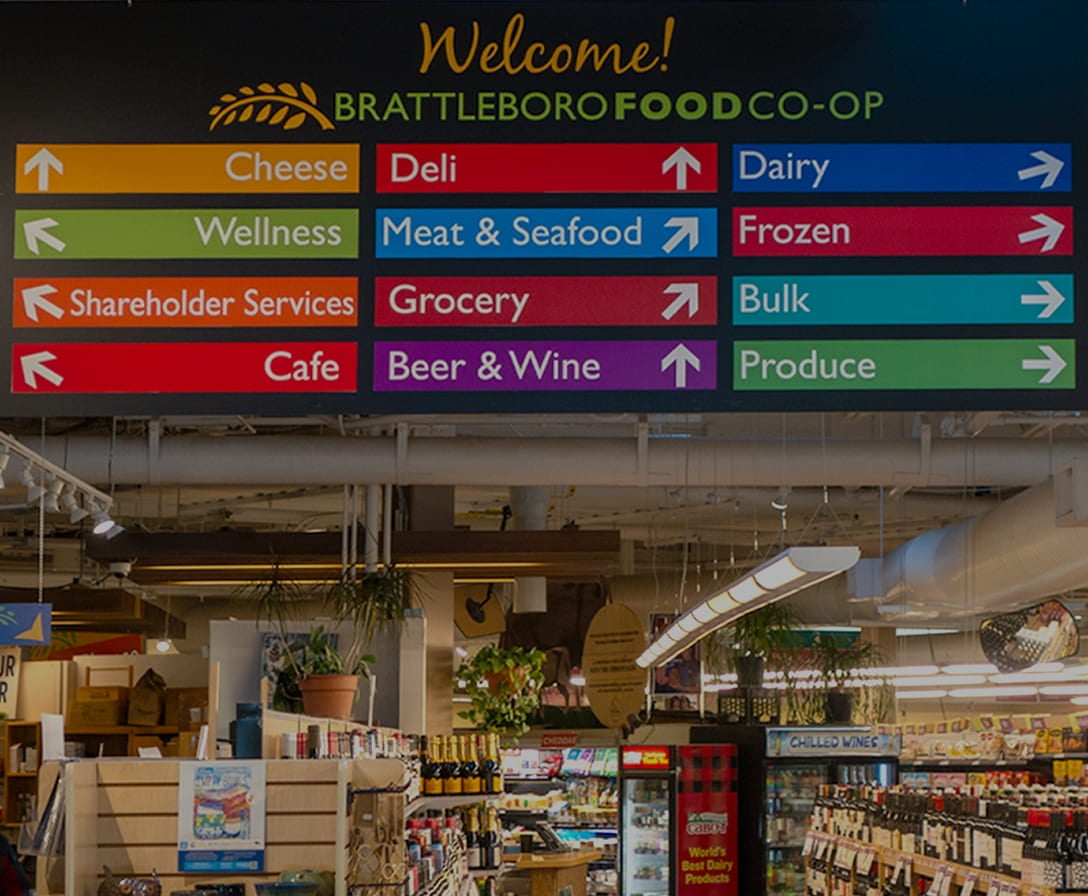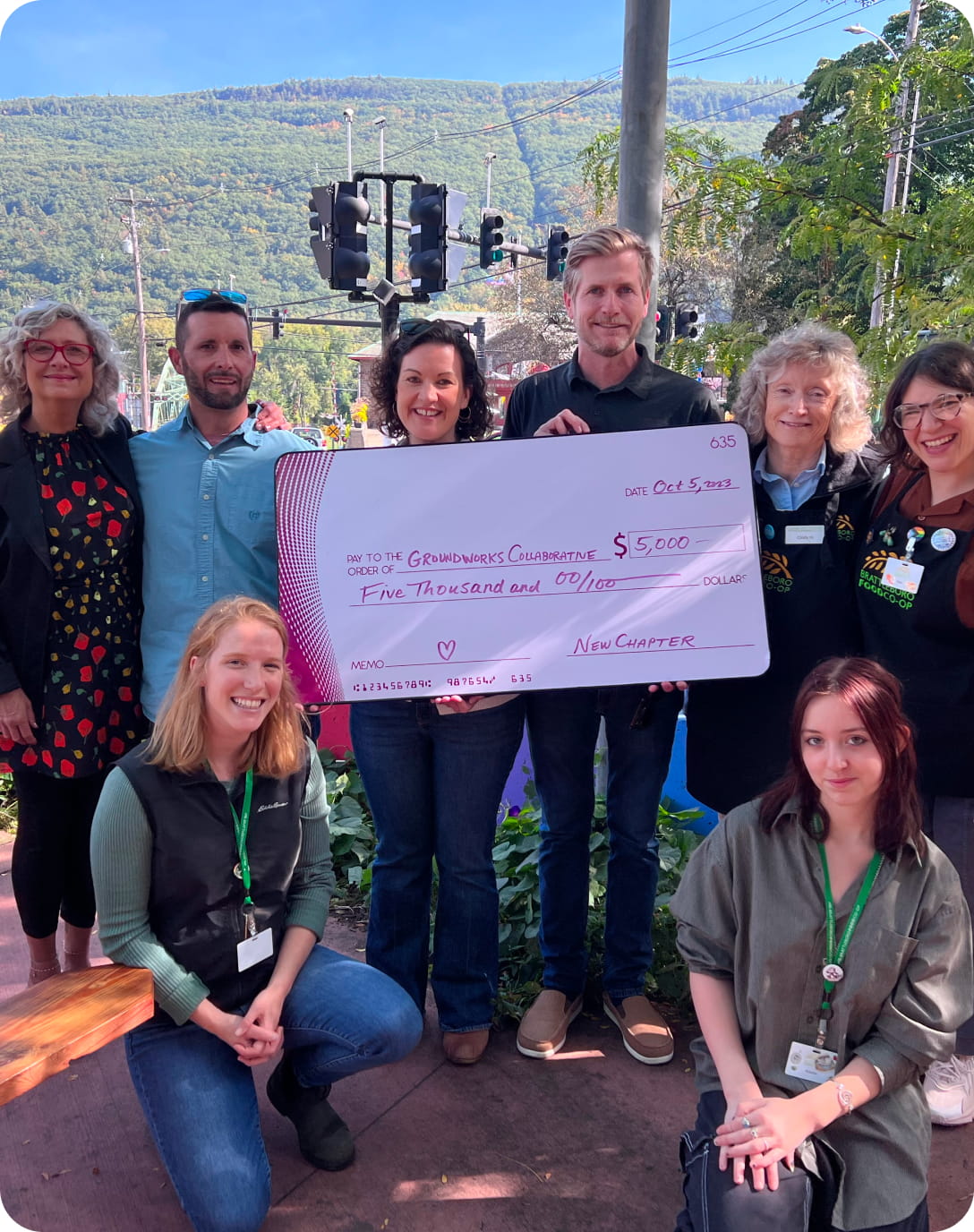Update from Daniel, Facilities Manager
Retrocommissioning Update 2.9.2021
What is Commissioning?
When our building was first constructed and the various mechanical components were installed, the contractors who installed them went through the process of ‘commissioning’ the equipment. They filled the lines with refrigerant, set the compressors running, fired the boilers for the first time, established the various temperature points, created the various ‘rules’ for when the building automation system would run the heating, cooling, refrigeration and/or air movement systems as a result of the inputs of the dozens of sensors around the store. Nine years later, many of those ‘rules’ still stand.
So then what is Retro-commissioning?
Retrocommissioning is the formal process of reviewing the in-practice results of a prior commissioning and determining if, now that everything is up and running, are all those set points and ‘rules’ actually working as we believe they are? Are they set up in a way that considers how they all interact? Are the ‘rules’ appropriate for the specifications of the physical components of our various mechanical systems? For example: do some of our ‘rules’ work well for providing the baseboard heating system with hot water, but come at the expense of our refrigeration equipment running at full tilt all the time? Could changes be made to save kilowatt hours and dollars? Could we burn less fuel? Could we have fewer issues with equipment?
What’s the update?
Several years ago, we approached Efficiency Vermont to utilize the free services they offer in helping commercial building address efficiency. After some initial meetings, it was agreed that we had our hands full with some large, complex issues related to how our individual building components are inextricably tied together. In early 2019 we completed the first phase of retrocommissioning and as part of that paid an engineering firm from Burlington to spend a few days looking under the hood of our store to document areas of opportunity and estimate our potential return on investment from those improvements.
Last month, with some additional incentive dollars from Efficiency Vermont, we signed up to have the same engineer work with us and our core HVAC-R contractors to begin the process of finally making some changes and validating their energy savings. This week, we installed energy meters on our 10 largest pieces of mechanical equipment along with a cloud-based software program that will enable us to see the real-time energy use of each of those pieces of equipment. That data is also logged for future review. After a few weeks of establishing some baseline data, the engineering firm will review that data and we will begin the process of fine-tuning the ‘rules’ of our building controls along with replacing some physical components as is determined appropriate. We are finally(!) going to begin making some changes to how our building operates with the goals of 1) saving money and 2) reducing operational headache.
Who cares?
Our bottom line! Annually we spend approximately $200,000 on our gas and electric bills and plan to bring that number down—permanently. With our baseline data soon to be established, we’ll be able to point directly to our cost savings represented by our investments and the exact timeline for the return on those investments will become clear quickly. Efficiency Vermont will be paying for 50% of our engineer’s fee and will also be offering a rebate incentive for the kilowatts saved because of our work. Additionally, we in the Facilities Department are looking forward to being the operators of a more stable and efficient physical plant. We work seven days a week to provide our co-workers and shareholders with a warm store, cold food and fresh air and strive to do so with as few dollars as possible.
-Daniel Ridlehoover, Facilities Manager
About Producer of The Month

Shop Online

On Sale Now!


